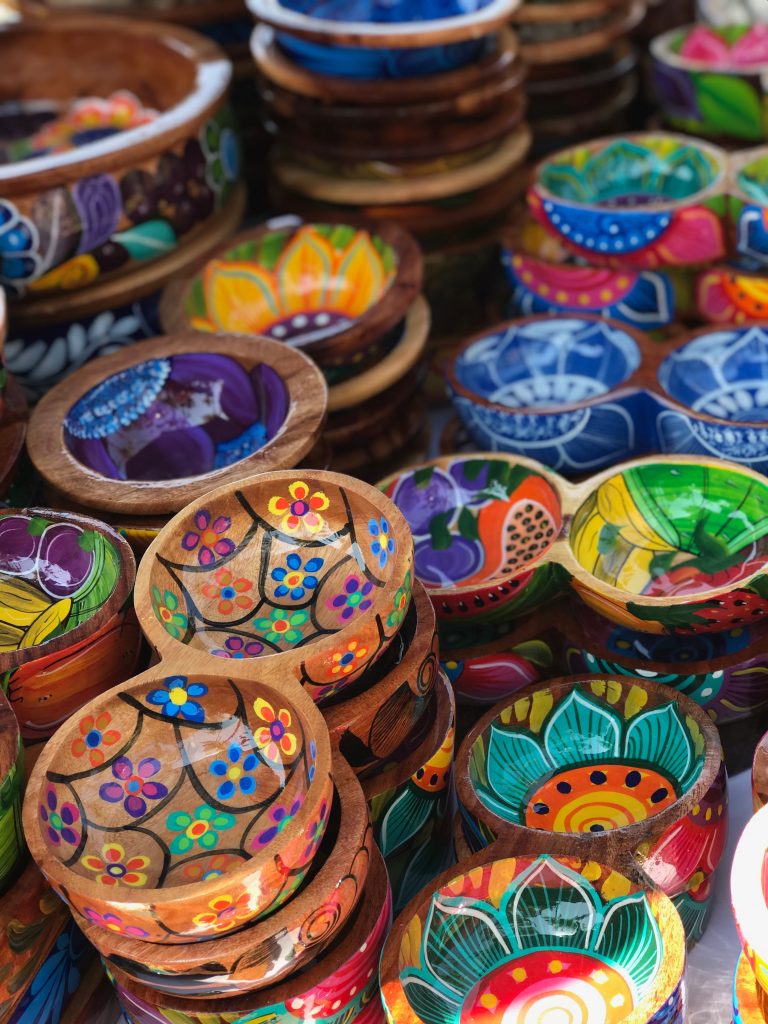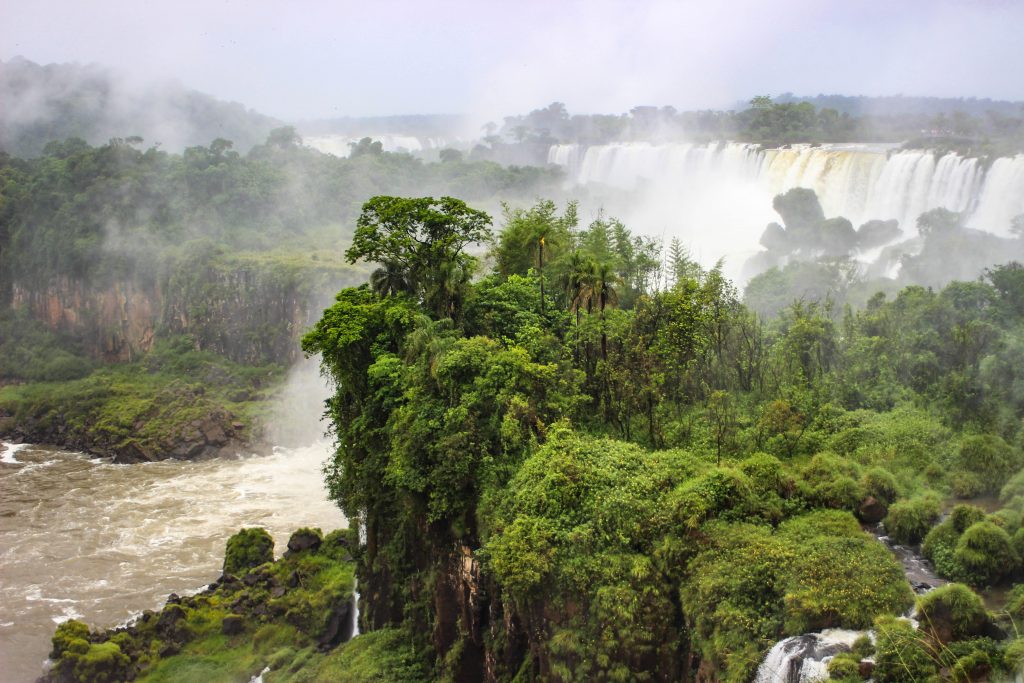As in North America, there are many hundreds of indigenous tribes in this continent. Some have been mainly left alone until recent times due to their locations in remote areas of rainforest. There may even be some tribes who have still managed to escape the normally negative consequences of contact with Euro descended people. However, for many that has not been the case.
The destruction of their cultures, lifestyles and beliefs have gone through waves, as in North America. Initially it was physical violence and abuse, then the attacks on their minds and beliefs through the missionaries, nowadays it is mainly economic and social status which is affected.
Even as recently as the 1980s/90s all the men and boys of a tribe were being removed and disappeared. I remember meeting a young woman in a museum in Guatemala who secretively asked me to sign a petition (obviously terrified we might get caught) to help the women and children left in these villages to find some answers.
In Guatemala, I was drawn to the parades in the indigenous villages. Generations ago,the people had been converted to Catholicism by the Spanish missionaries. Traditional dress, colourful wild looking masks and marimba playing all surrounded a plaster statue of a white Virgin Mary being paraded round the streets. The vivacity of the people compared with the lifelessness of the meaningless statue spoke volumes to me.

Yet in South West Mexico there was one bishop/missionary who showed vision and understanding for the local cultures.
In Michuacan, there had been a long tradition of local craft work from the Purepecha Empire which Vasco do Quiroga (Bishop and judge from 1531-1535) realised was important to preserve.
Influenced by Thomas More’s Utopia, he defended the rights of the local populace to earn their own living traditionally. Establishing each village as a specialist in different crafts, enabled them to continue some of their traditional ways ( as well as becoming converted to Christianity). The traditions of craft work are still around today.
We visited this area and had a few wonderful days visiting each village and marveling at their beautiful work. We ended up buying some beautifully carved chair backs and arms (we couldn’t manage the whole chairs as we were back packing). However, twenty five years later and we still haven’t got round to getting them made into chairs! One day…
The Kogi are one of the rare groups from the rainforest that weren’t subjected to ‘western’ interference till more recent years. Their wisdom has remained intact. They refer to us as the younger brother. They are the older and wiser brother who has held on to the knowledge that we have lost over the millenia.

Here is a link to an article that is well worth a read – true words of wisdom from the Kogi- the Guardians at the Heart of the World.
« Back to blog page